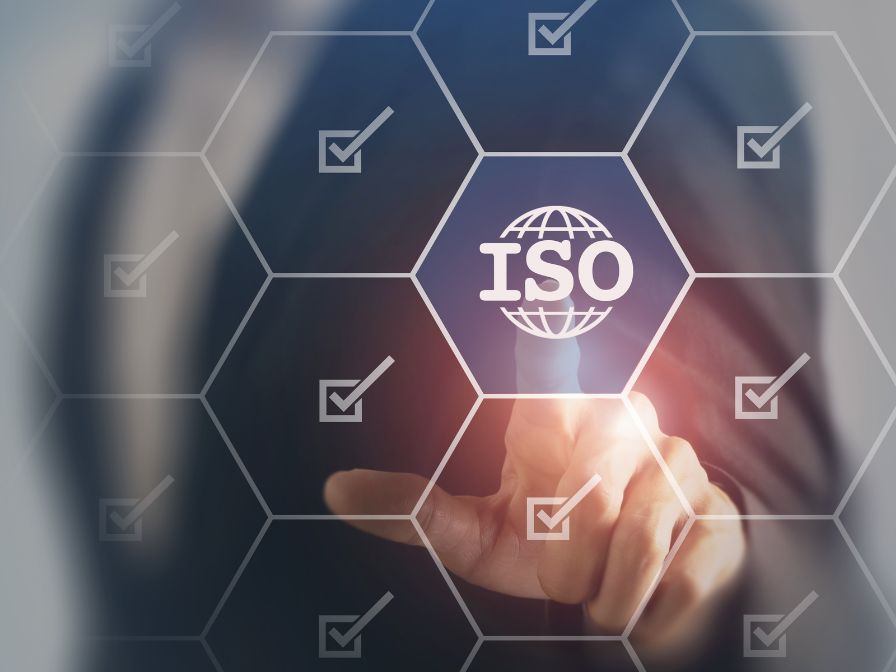Starting in November of 2022, financial institutions around the world will begin their transition to the new international messaging standard, ISO 20022, setting in motion a revolutionary transformation of the cross-border payments ecosystem. Reaping the full spectrum of the new standard’s benefits, however, will only be possible for institutions that take the time to prepare for the shift, which includes both understanding their requirements, and implementing a comprehensive strategy to maximize advantages.
In the first of this two-part blog series, we will draw from Volante’s recently published white paper, ISO 20022: Building a Universal Language for Payments to communicate some of the initial ISO 20022 requirements as clearly as possible.
Preparing to Meet ISO 20022 Requirements
As November approaches, it’s crucial for any financial institutions that process cross-border transactions within the SWIFT network to understand their requirements as it relates to ISO 20022 migration. In addition to compliance issues and operational bottlenecks, a lack of preparation may result in a strategic disadvantage as more and more institutions move to integrate the standard.
Organizations can find some relief in the fact that, due to the overall complexity of the transition, banks will have until 2025 to become fully ISO-enabled. In the meantime, however, SWIFT Country Manager for Mexico, Mario Medina, reminds us that institutions will at least need to ensure that ISO 20022 transactions can be processed and received.
“[While] there is no need to send ISO 20022 messages in November,” he says, “what is mandatory is to receive transactions [under the standard].”
Although Medina went on to note that most financial institutions should have already reached the testing phase, Volante’s own Javiv Diep provides some guidance for those that may be slightly behind the curve. According to Diep, institutions who have not yet entered the testing stage should begin to prepare their environments to receive ISO 20022 messages in November as soon as possible and can start by choosing a provider that has been certified by Cross-Border Payments and Reporting Plus (CBPR+).
CBPR+ is a working group comprised of international payments experts which has determined the messages and categories that will be affected by migration and has certified providers like Volante to offer technological support to institutions as they move to integrate the ISO 20022 standard.
The next step of preparation is to begin adapting legacy systems to integrate with ISO 20022. Diep warns institutions that some of these systems may not be ready to receive the new payments data. Some institutions will require guidance to understand the new format and the various fields that will need to be added to legacy systems.
To learn more about initial requirements related to ISO 20022 migration, download Volante’s full white paper here. Next week we will present Part II of this blog series, in which we’ll look at the importance of strategic implementation and maximizing the benefits of the new messaging standard.







